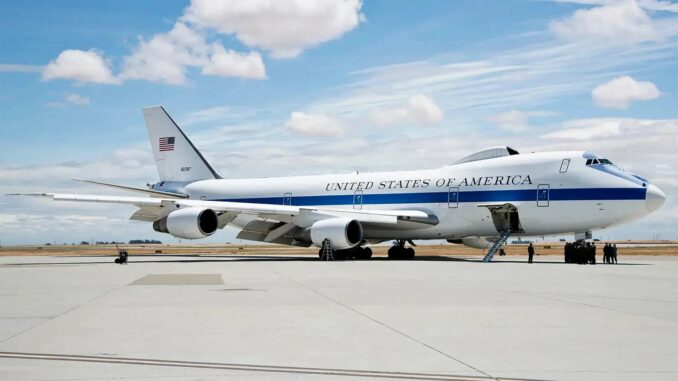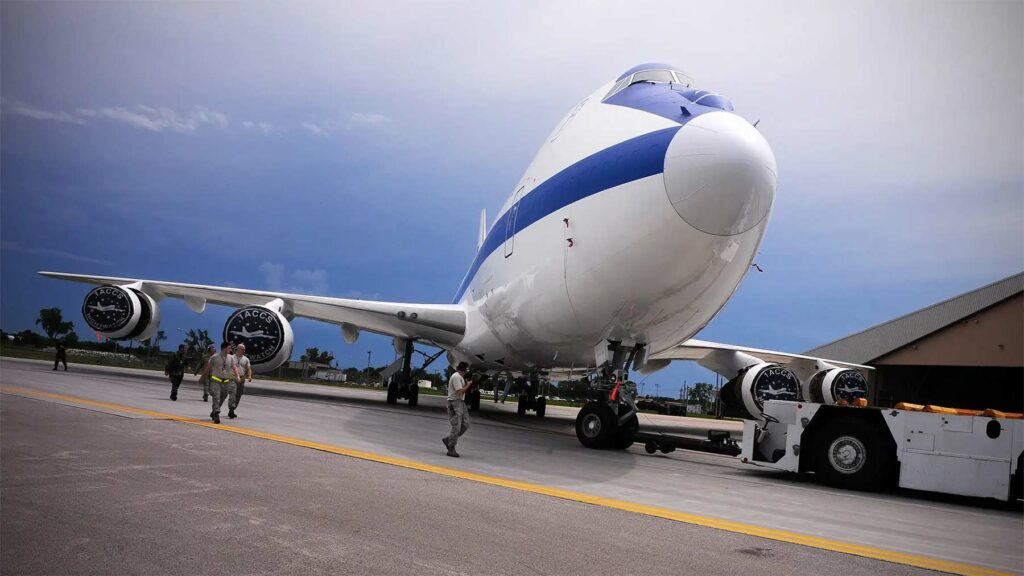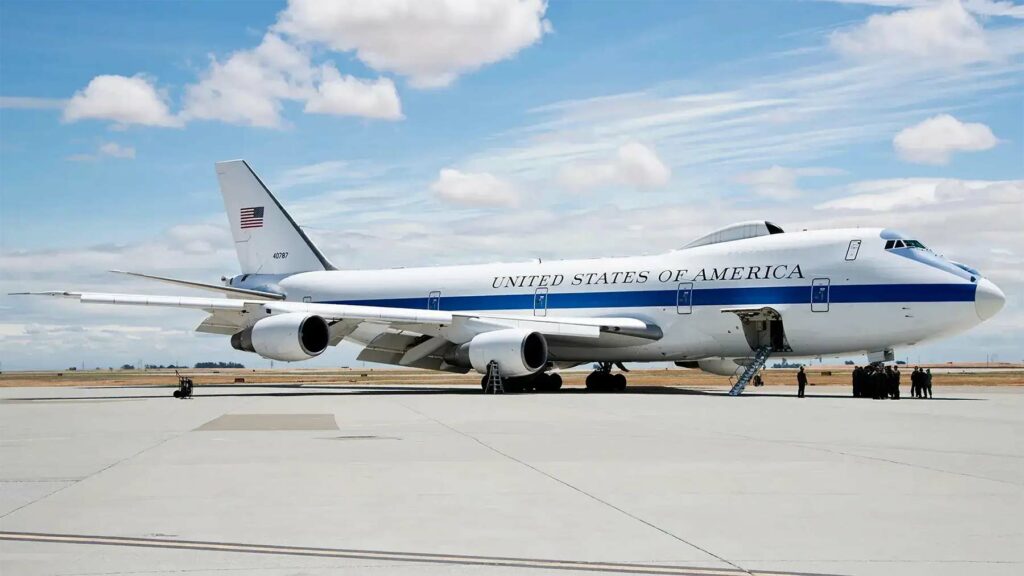
13 billion contract awarded to Sierra Nevada Corp. for nuclear crisis command aircraft, replacing older Boeing 747-200s.
Sierra Nevada Corporation (SNC) was recently selected by the US Air Force to develop and supply a new generation of strategic command aircraft. This contract, valued at over 13 billion euros, marks a significant milestone in the modernization of the United States’ nuclear command and control capabilities. This article details the technical specifics, advantages, disadvantages and implications of this major change.

Technical description of SAOC aircraft
The Survivable Airborne Operations Center (SAOC) aircraft are designed to replace the Boeing 747-200 E-4B Nightwatch, nicknamed ‘doomsday aircraft’. The E-4Bs, in service since the 1970s, are mobile strategic command posts capable of managing nuclear operations anywhere. The new SAOCs are expected to be based on used Boeing 747-8i aircraft, adapted to meet specific safety and resilience requirements, including protection against electromagnetic pulses.
Benefits of the new SAOC aircraft
The new SAOCs offer several improvements over their predecessors. Firstly, the use of modern technologies enhances the reliability and performance of secure communications. In addition, the adaptation of the 747-8i makes it possible to use a newer, more powerful aerial platform, ensuring greater autonomy and load capacity. This strengthens the US Air Force’s ability to maintain a continuous command-and-control presence, even in the most severe crisis scenarios.
Disadvantages and challenges
However, the project does present challenges. The high cost of the program and the complexity of converting large commercial aircraft into specialized military command centers raise questions about the efficiency of the public funds invested. In addition, reliance on modified commercial aircraft may introduce specific vulnerabilities not present in dedicated military designs.

Long-term consequences of the SAOC program
The commissioning of SAOCs will have far-reaching repercussions on US military strategy and defense policy. Enhanced nuclear command capability guarantees a greater deterrent effect against potential adversaries, while ensuring an immediate and secure response capability in the event of a major crisis. However, escalating nuclear capabilities can also intensify geopolitical tensions, requiring careful diplomatic and strategic management.
The contract awarded to Sierra Nevada Corp. for the development of SAOC aircraft represents a crucial step in the modernization of the US national security infrastructure. While these new aircraft promise a significant improvement in command and control capability in extreme situations, they also raise important questions about cost, safety and geopolitical impact. The coming years will be crucial in assessing the effectiveness of this transition to a new era of military command technology.
War Wings Daily is an independant magazine.